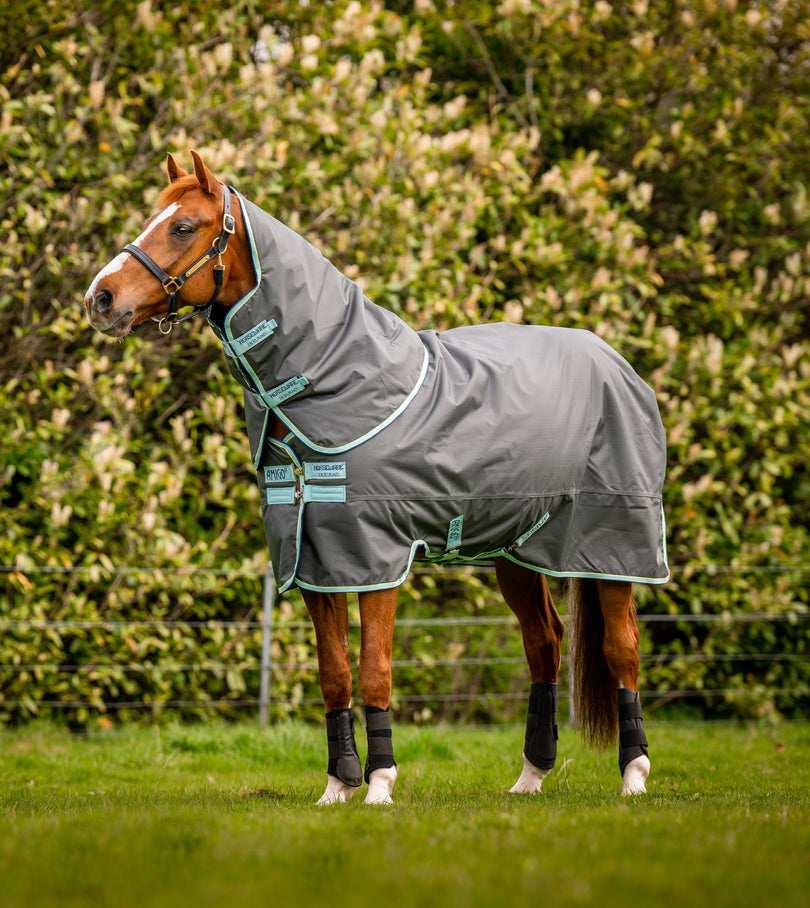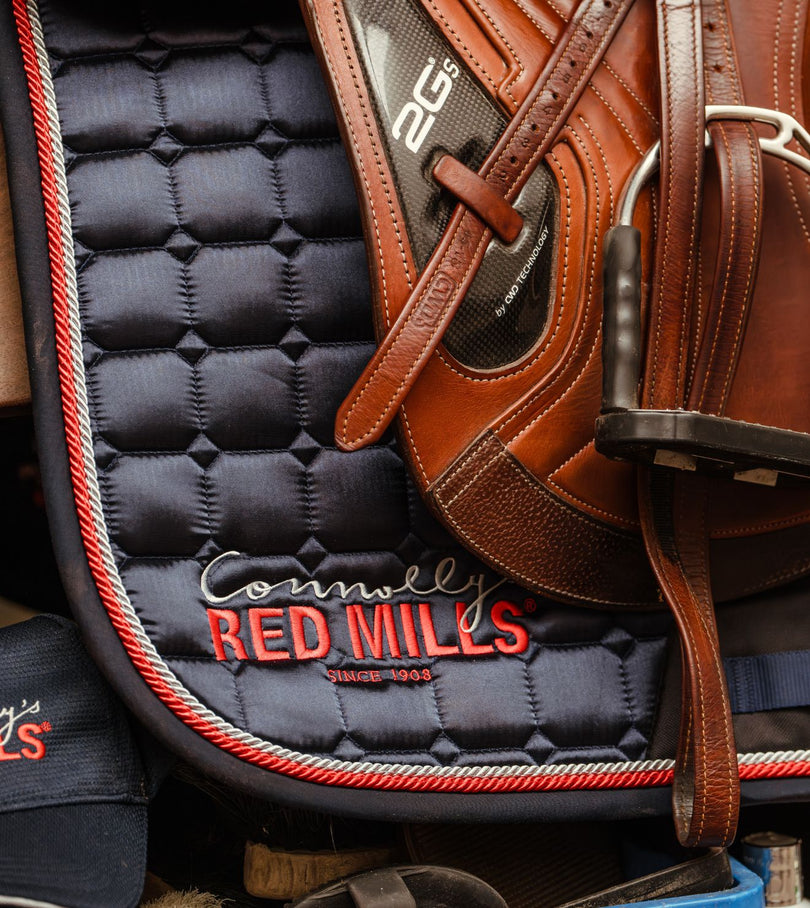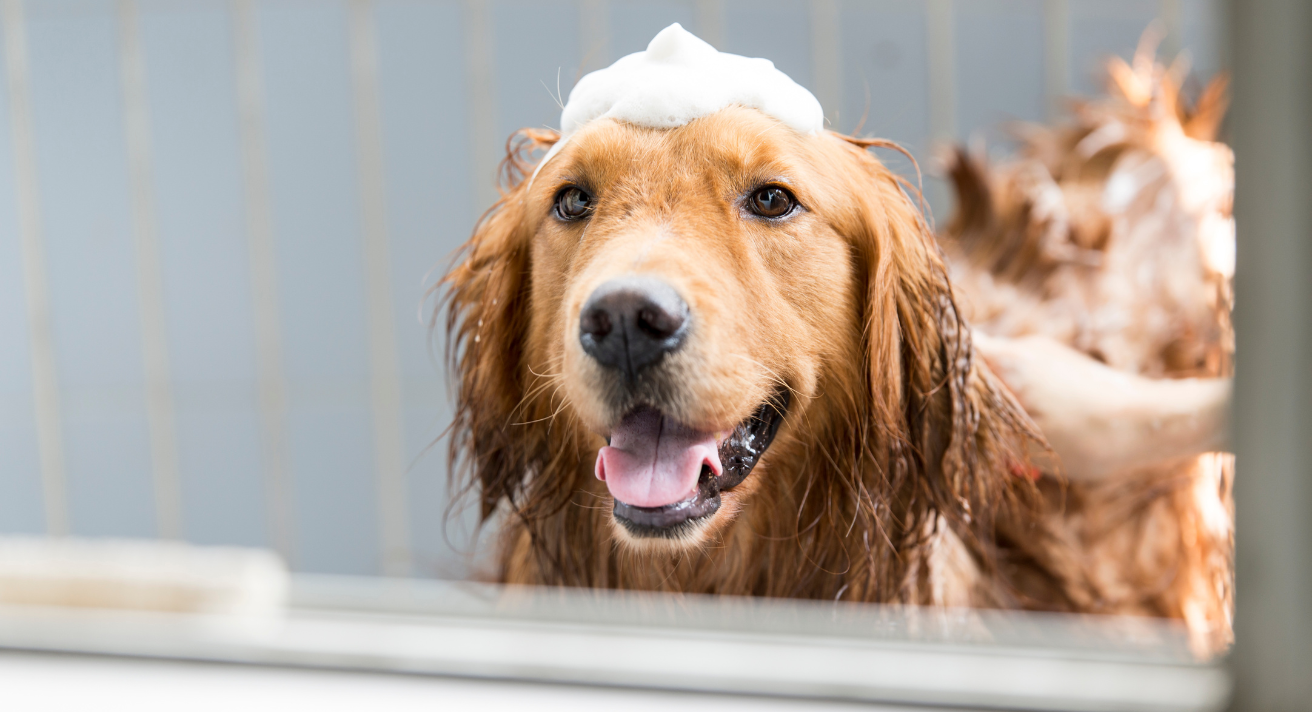Cats have long been seen as mysterious creatures, much like the Great Sphinx of Giza, which was built to guard the secrets of an ancient temple. But unlike the Sphinx, your cat is speaking to you all the time you need to learn how to understand them. Cats communicate their moods, needs, and even health through their body language, sounds, and behaviours. We’ll help you decode the signals your cat is sending, so you can meet their needs and build a stronger bond.
Key Cat Body Language Signals: What They're Saying
Cats use their tail, ears, whiskers, eyes, and posture to tell us how they’re feeling. Here are some of the most important body language signals to watch out for:
1. Tail Positioning
- Tail Upright: Confidence, curiosity, or contentment. If the tail is straight up but puffed up, it signals fear or aggression.
- Tail Lashing Side to Side: Agitation or irritation, or they may be preparing to pounce.
- Tail Tucked or Between Legs: A sign of fear, submission, or anxiety.
2. Ear Positioning
- Ears Forward: Curiosity, attentiveness, or engagement.
- Ears Flat Against Head: Fear, aggression, or discomfort.
3. Whiskers
- Whiskers Pointed Forward: Excitement, curiosity, or interest.
- Whiskers Pulled Back: Fear, irritation, or feeling threatened.
4. Posture
- Arched Back and Puffing Tail: Fear or a defensive response.
- Relaxed, Stretching or Curled Up: Indicates the cat is feeling safe and content.
- Exposing Belly: A sign of trust, but be cautious—some cats don’t like belly rubs.
5. Eyes
- Slow Blinking: A sign of affection and trust. If your cat looks at you and slowly blinks, it’s their way of showing love.
- Dilated Pupils: Can indicate fear, excitement, or even aggression depending on the situation.
Understanding Vocalizations: Purring vs. Hissing
Cats are not as vocal as humans, but when they do make sounds, it’s important to pay attention to the context and body language behind it. Two key vocalizations to know:
- Purring: This is typically a sign of contentment, but cats can also purr when they’re anxious or in pain. The context of their body language will tell you what they mean.
- Hissing: This sound is a clear warning—your cat feels threatened or is in pain. A hiss is a way for cats to tell you to back off.
The Connection Between Nutrition and Behaviour
Your cat's nutrition plays a crucial role in their overall well-being. A balanced, high-quality diet helps support their energy levels, mood, and health. Cats who get the right nutrition are more likely to exhibit positive behaviours like playfulness, relaxation, and curiosity.
Active cats who are constantly exploring and engaging in play are likely to show signs of high energy through their upright tails and forward-facing whiskers. To support their playful nature, choose a highly digestible, meat-rich formula like Winner Chicken to fuel their active lifestyle.
For less active cats, a food designed for lower calorie intake, like Winner Chicken Sterilised, can help maintain a healthy weight while ensuring they get the nutrition they need.
Tips for Understanding Your Cat Better
- Observe body language regularly: Make a habit of watching your cat’s tail, ears, and posture throughout the day to learn what they’re telling you.
- Respond to their signals: If your cat is purring and relaxed, keep up the good work. If they’re hissing or showing signs of discomfort, give them space and figure out what’s causing the stress.
- Provide a balanced diet: Proper nutrition is essential for a cat's mood and behaviour. If your cat seems anxious or lethargic, check their diet and consider switching to a more suitable food.
- Respect their space: If your cat shows signs of aggression or fear, such as flattening their ears or hissing, avoid forcing interaction and give them some time alone to calm down.
Building a Stronger Bond with Your Cat
Understanding your cat’s body language not only helps you meet their physical and emotional needs but also strengthens the bond you share. When you can interpret their signals, you’re better equipped to provide them with a safe, happy, and healthy life. And when you meet their needs, your cat will reward you with affection, trust, and companionship.













